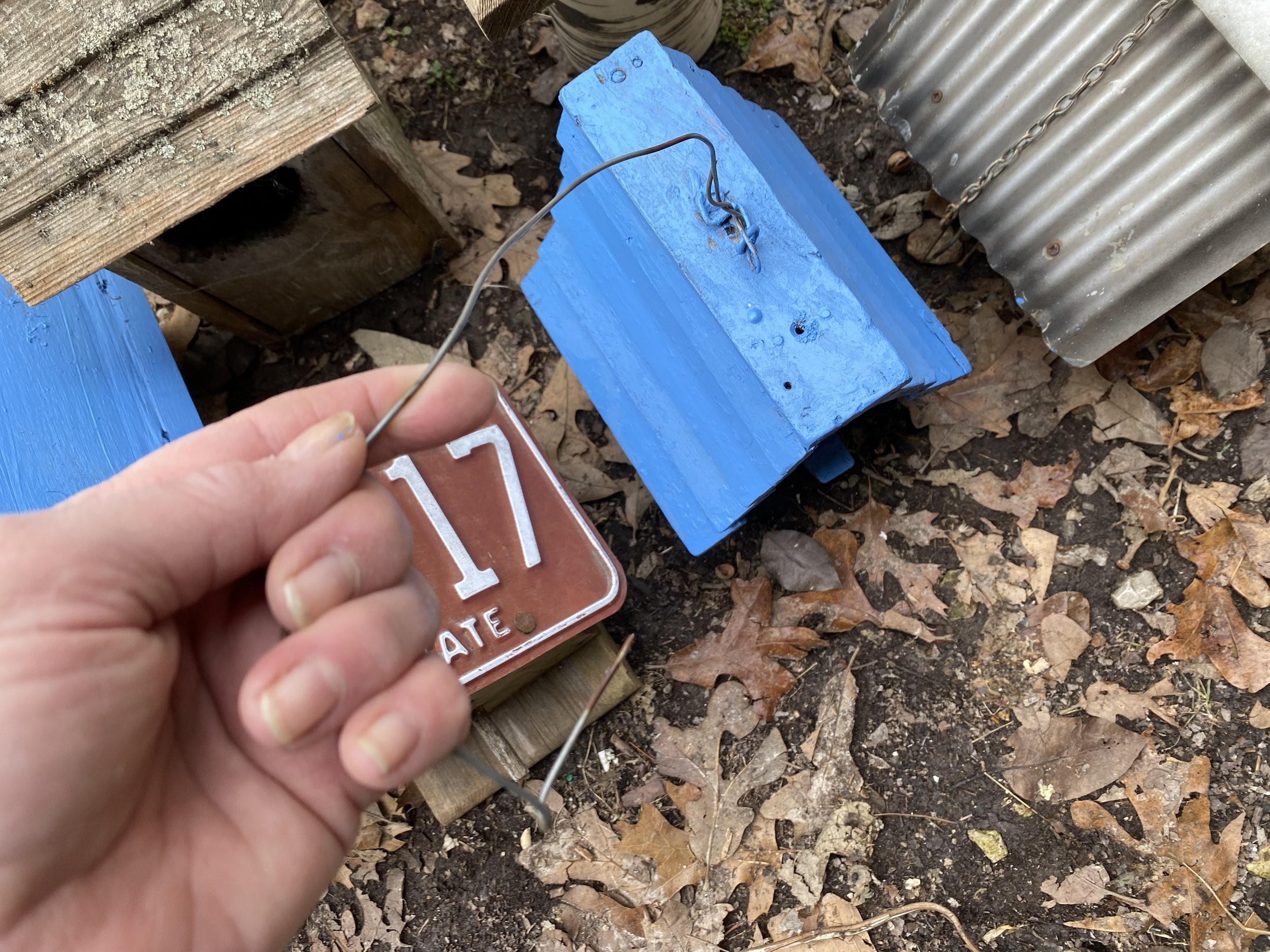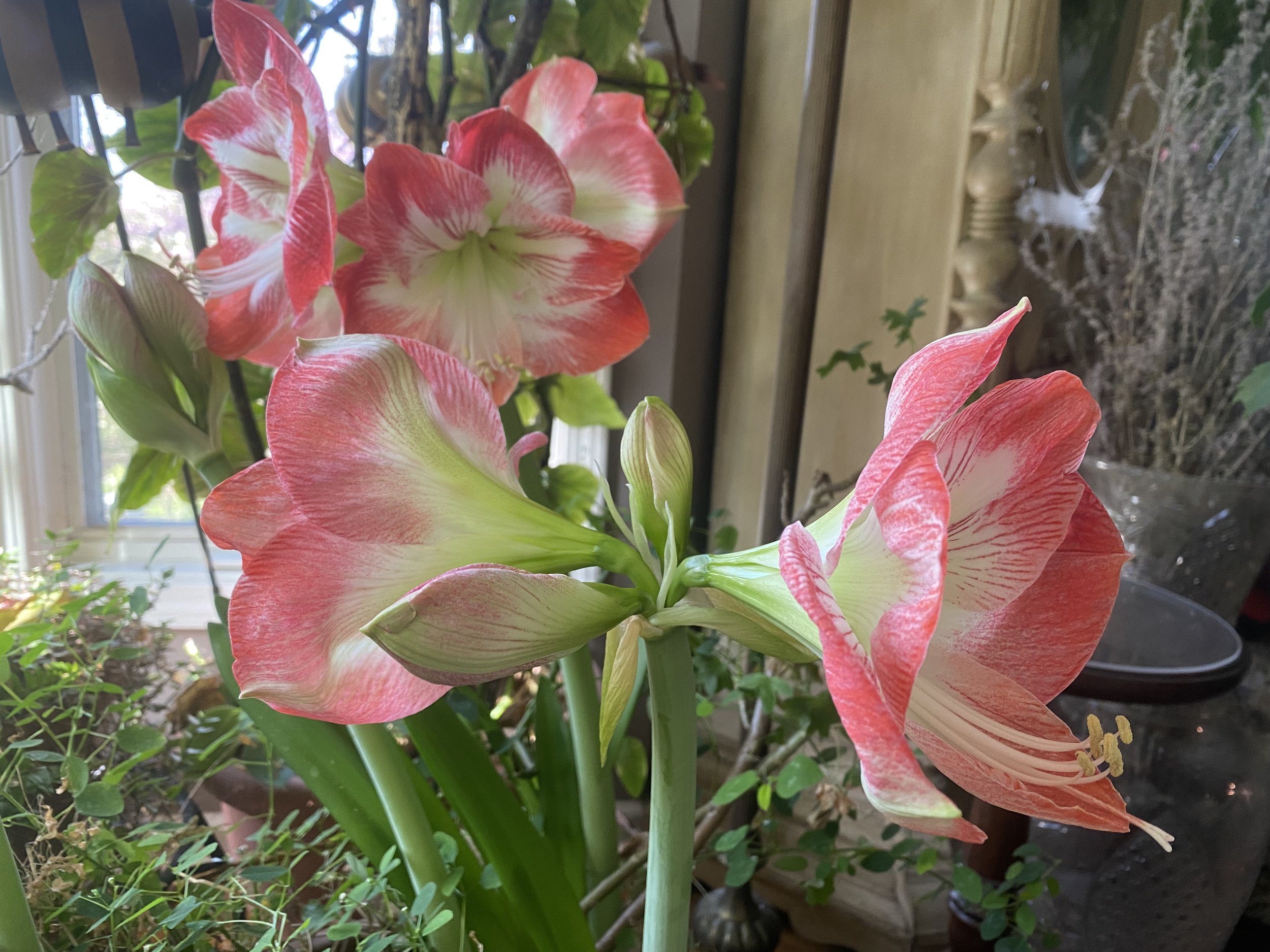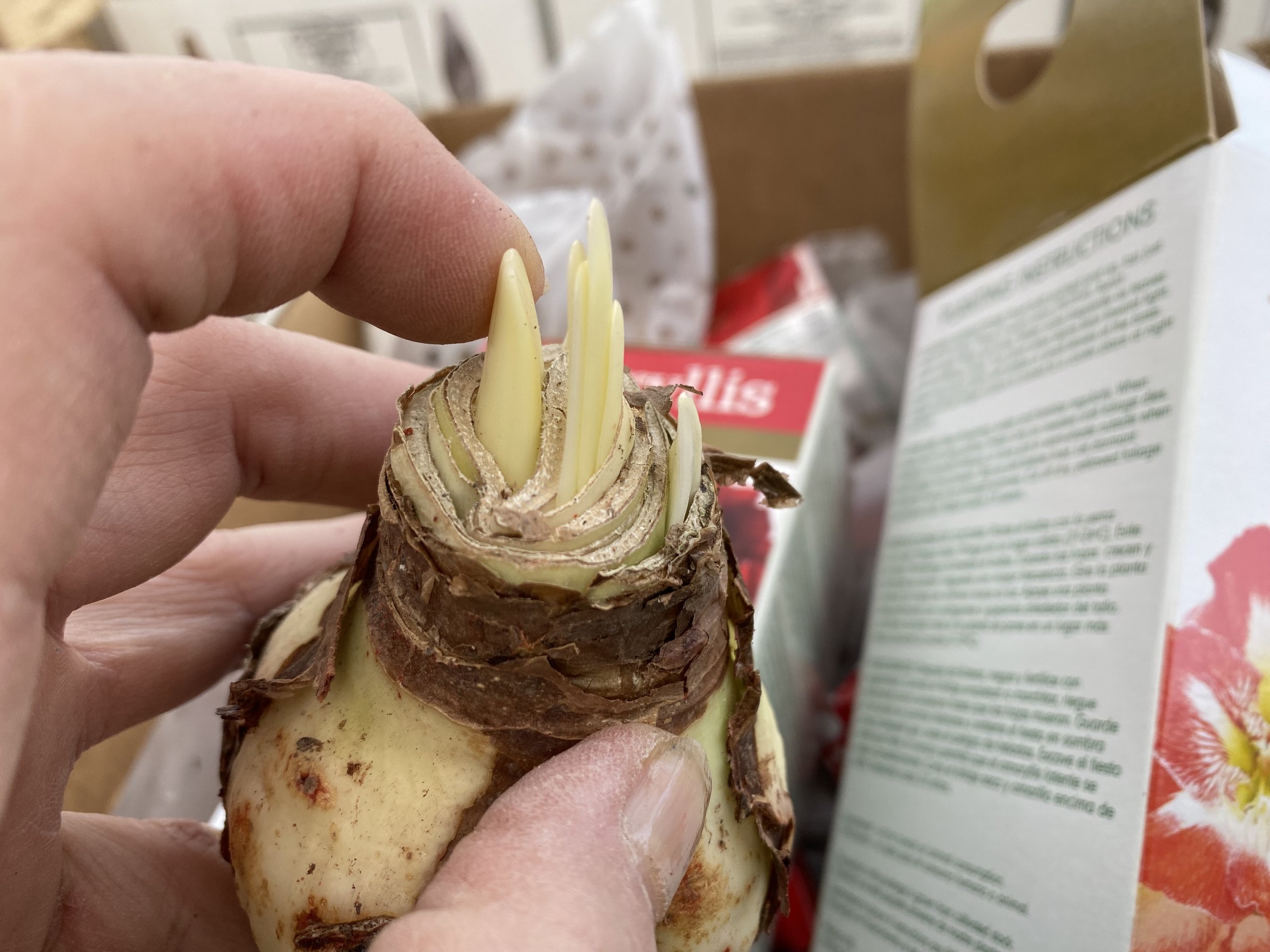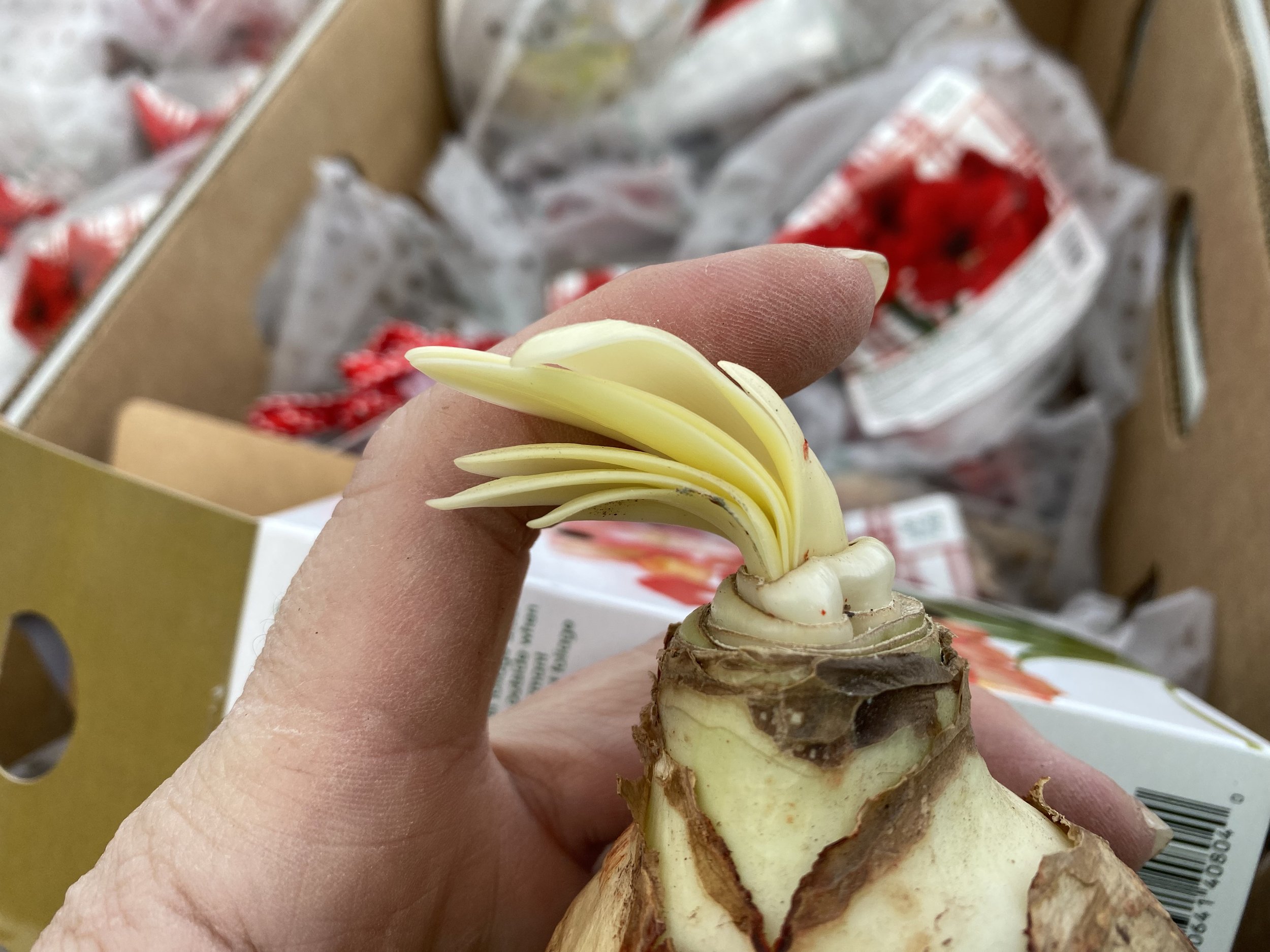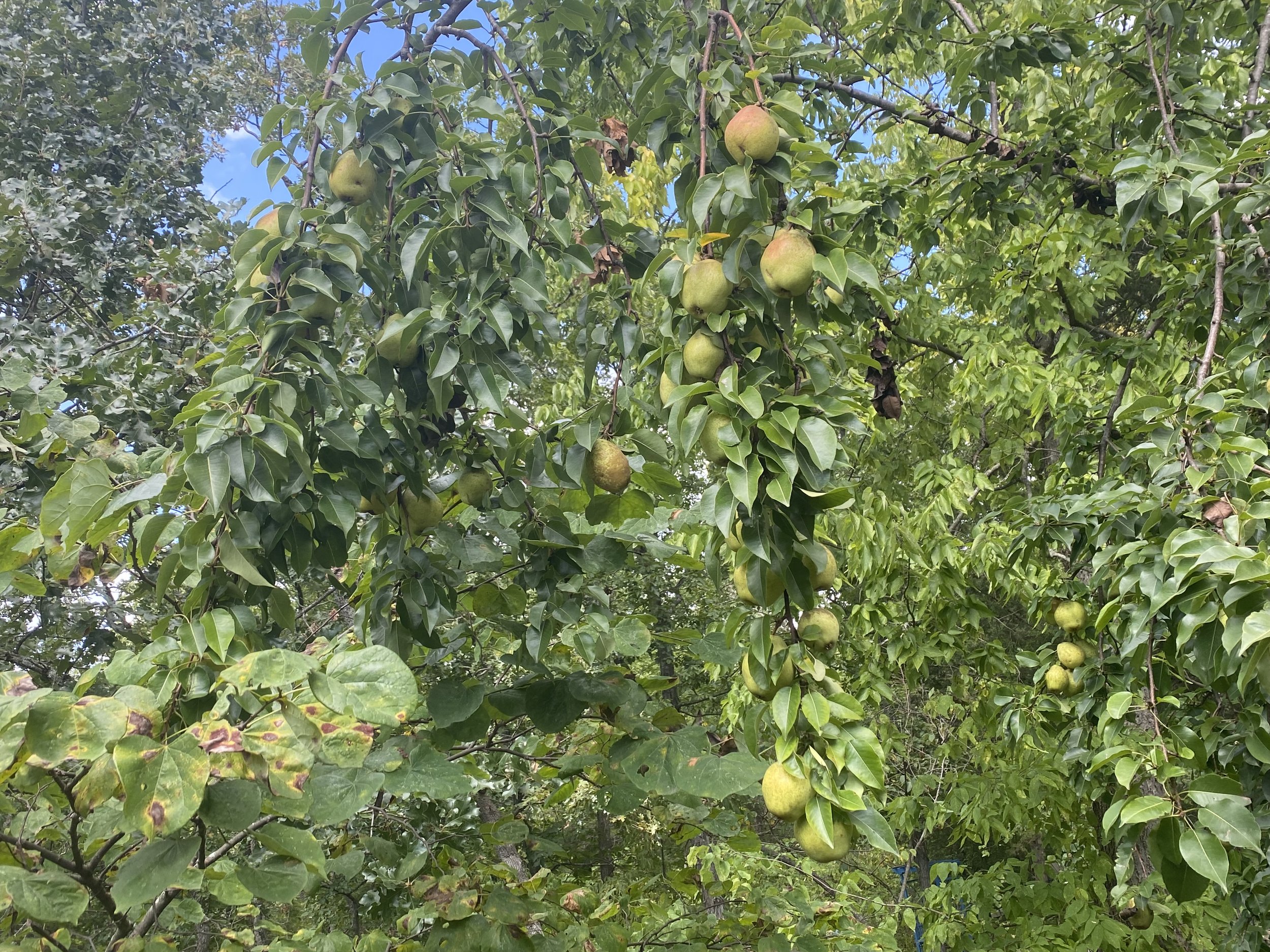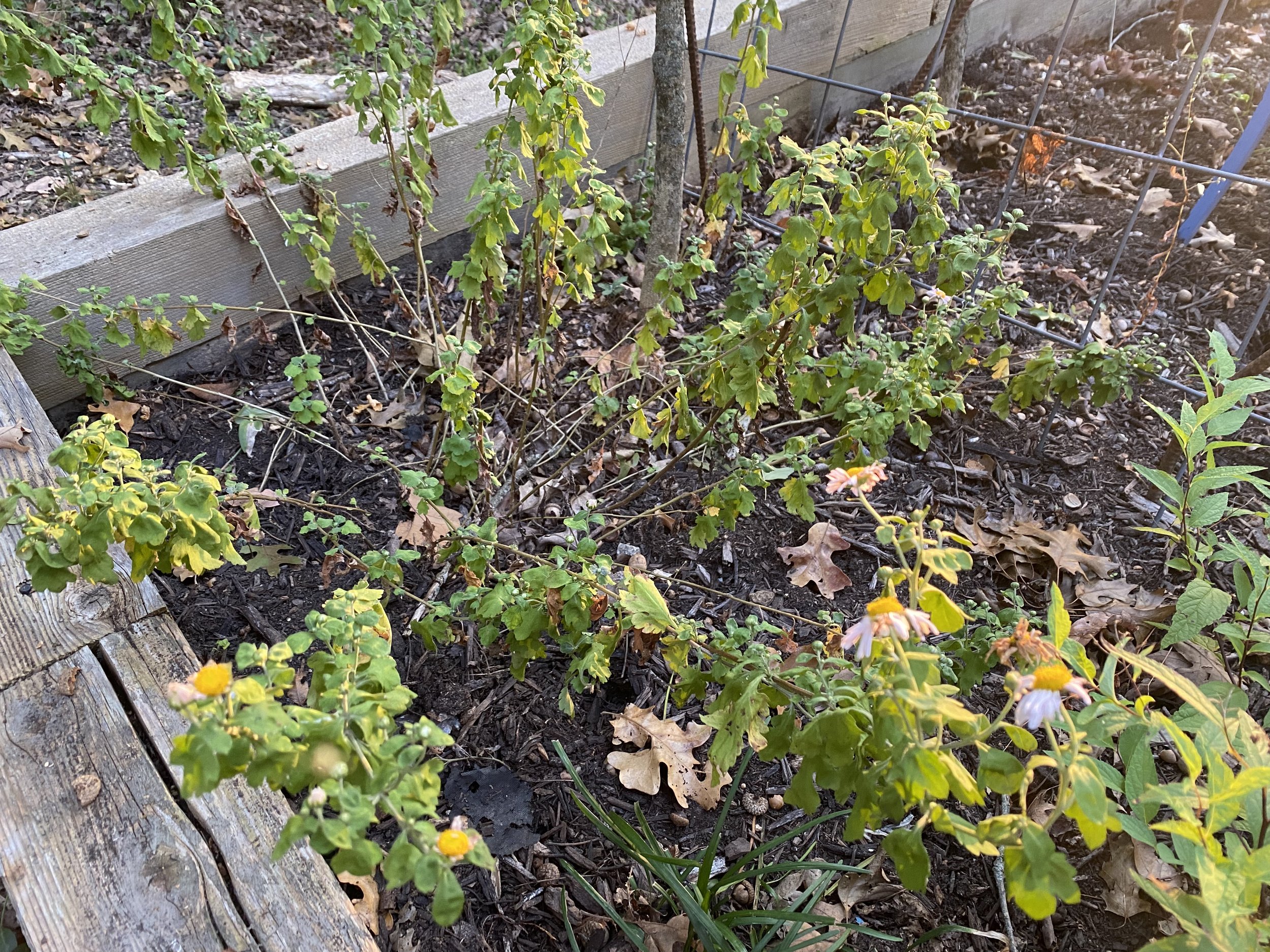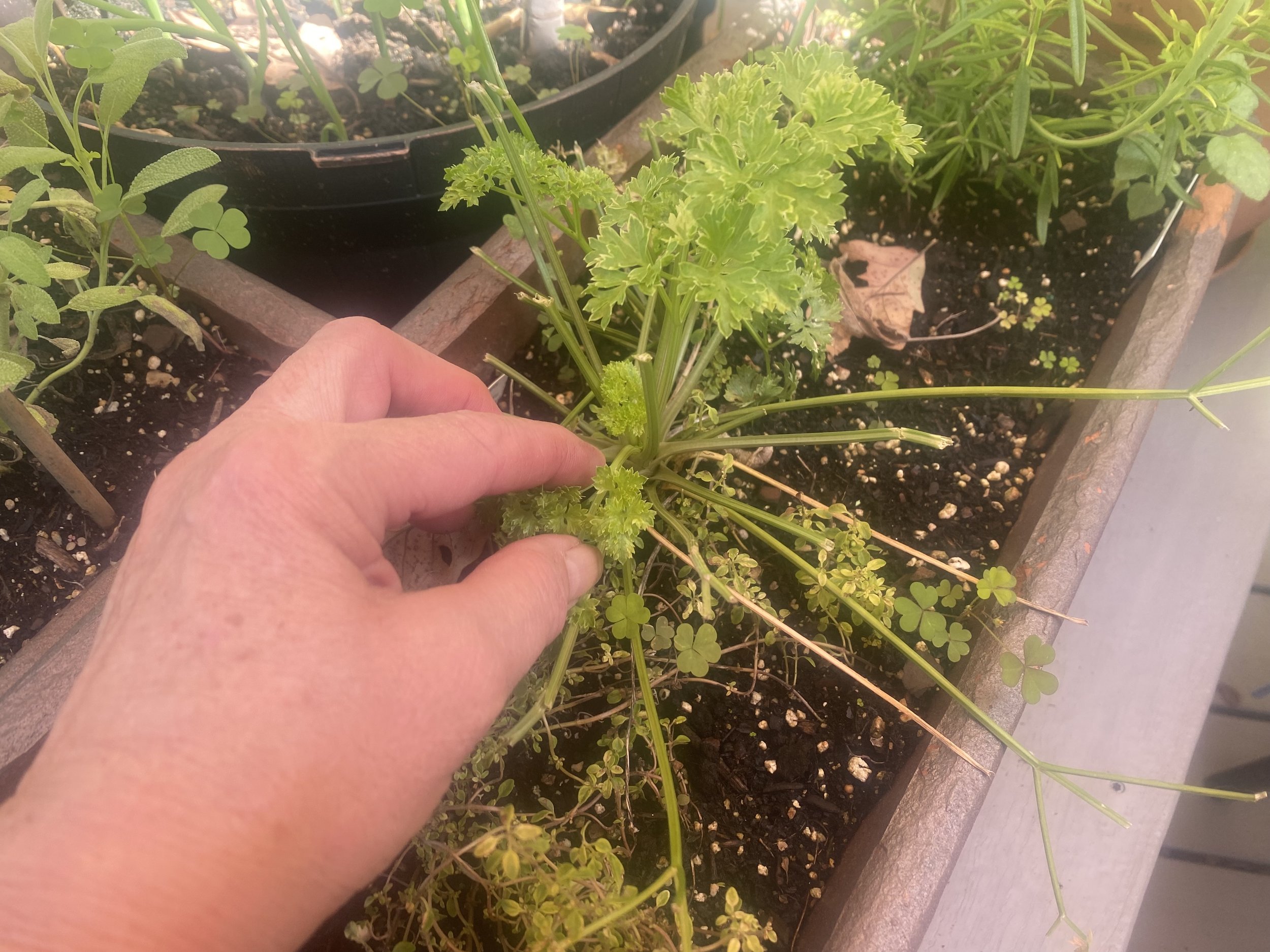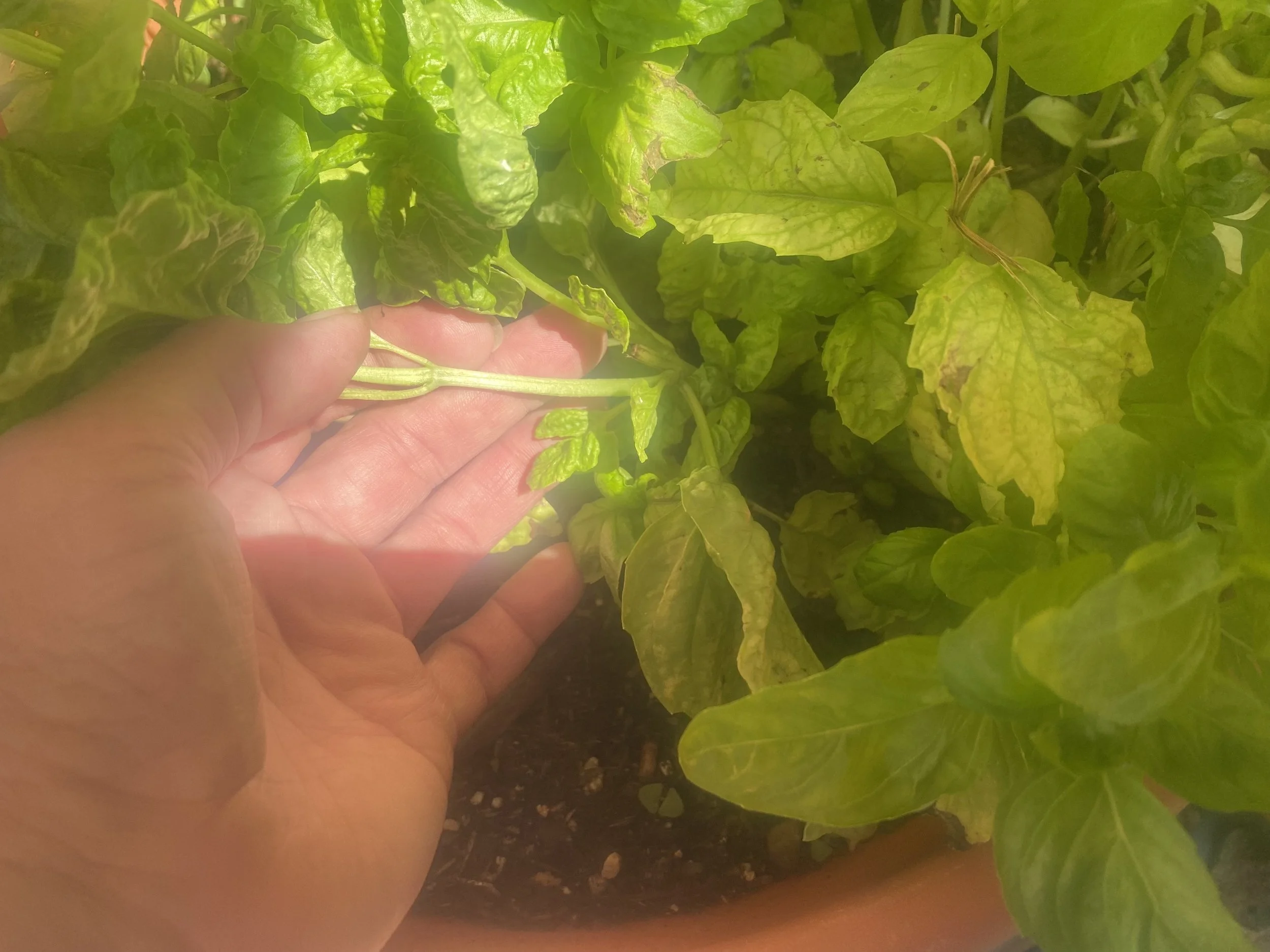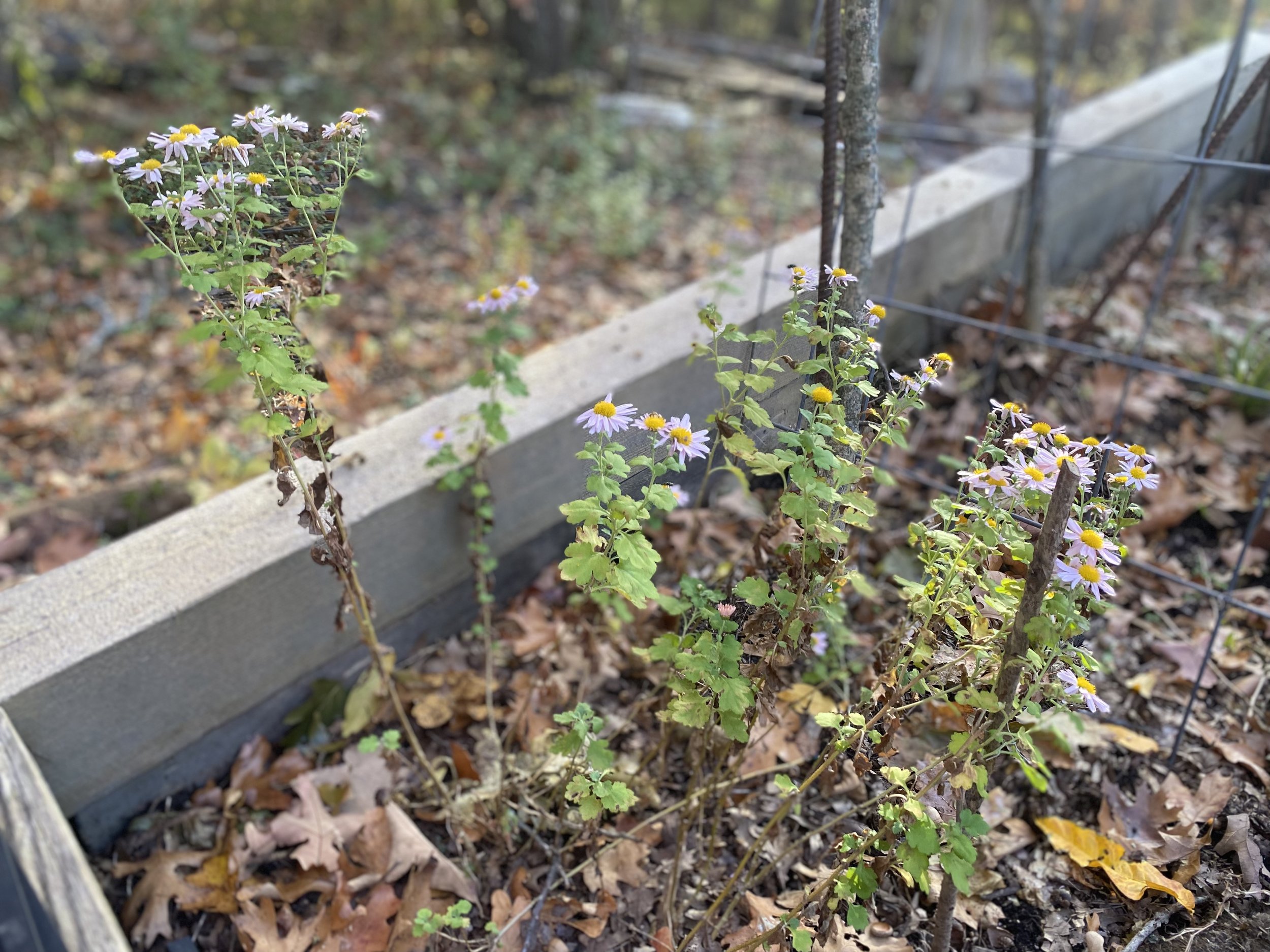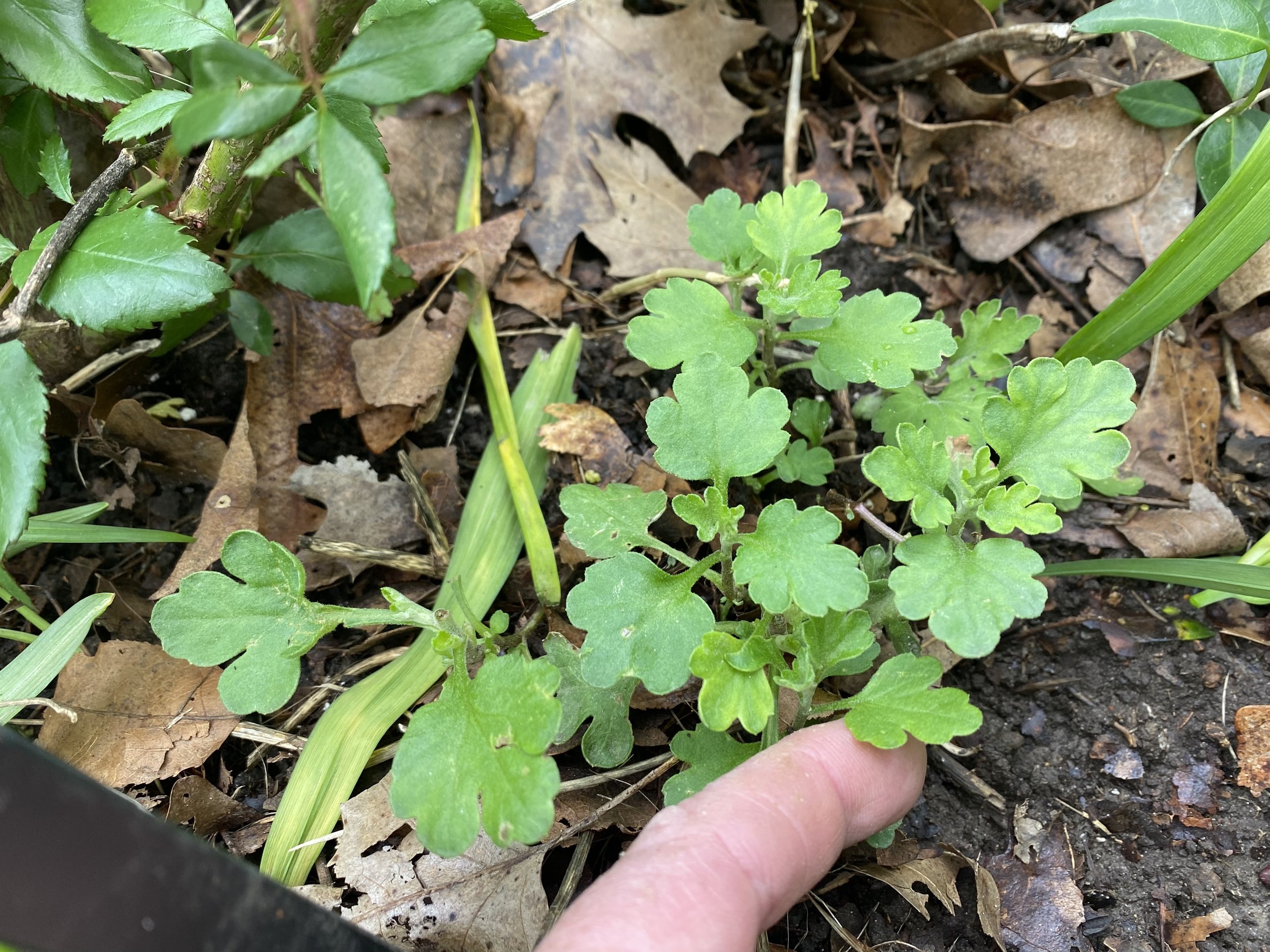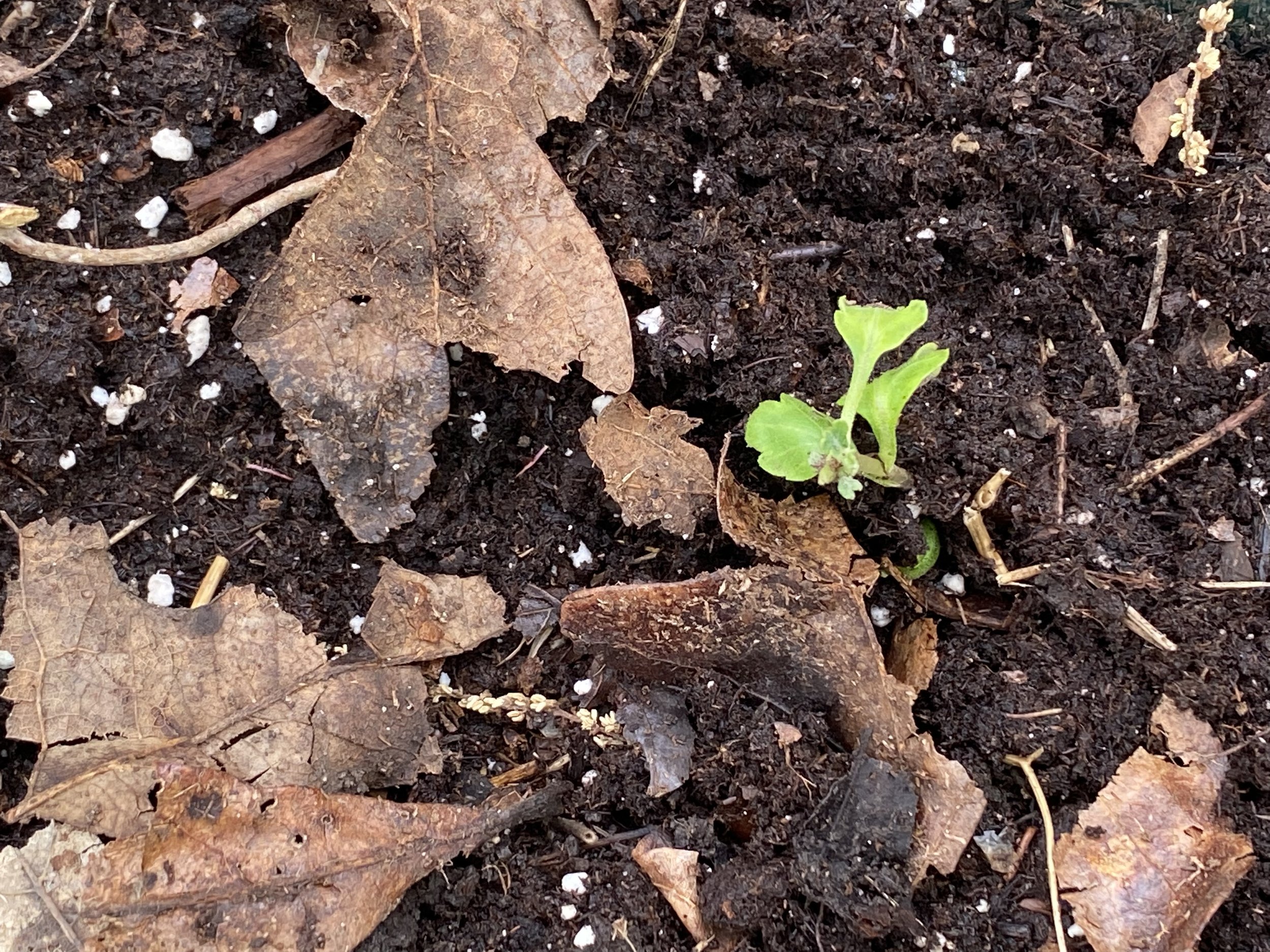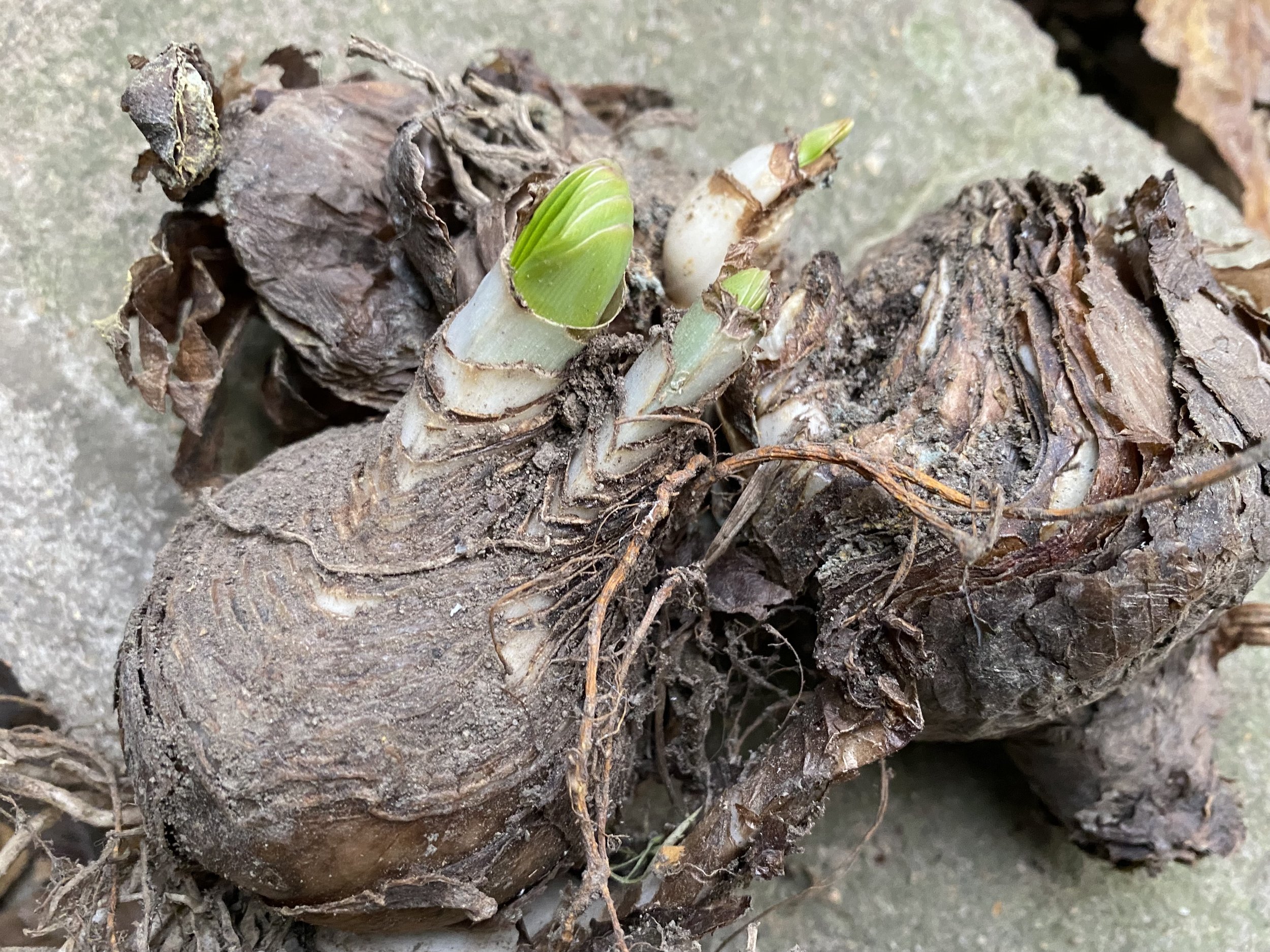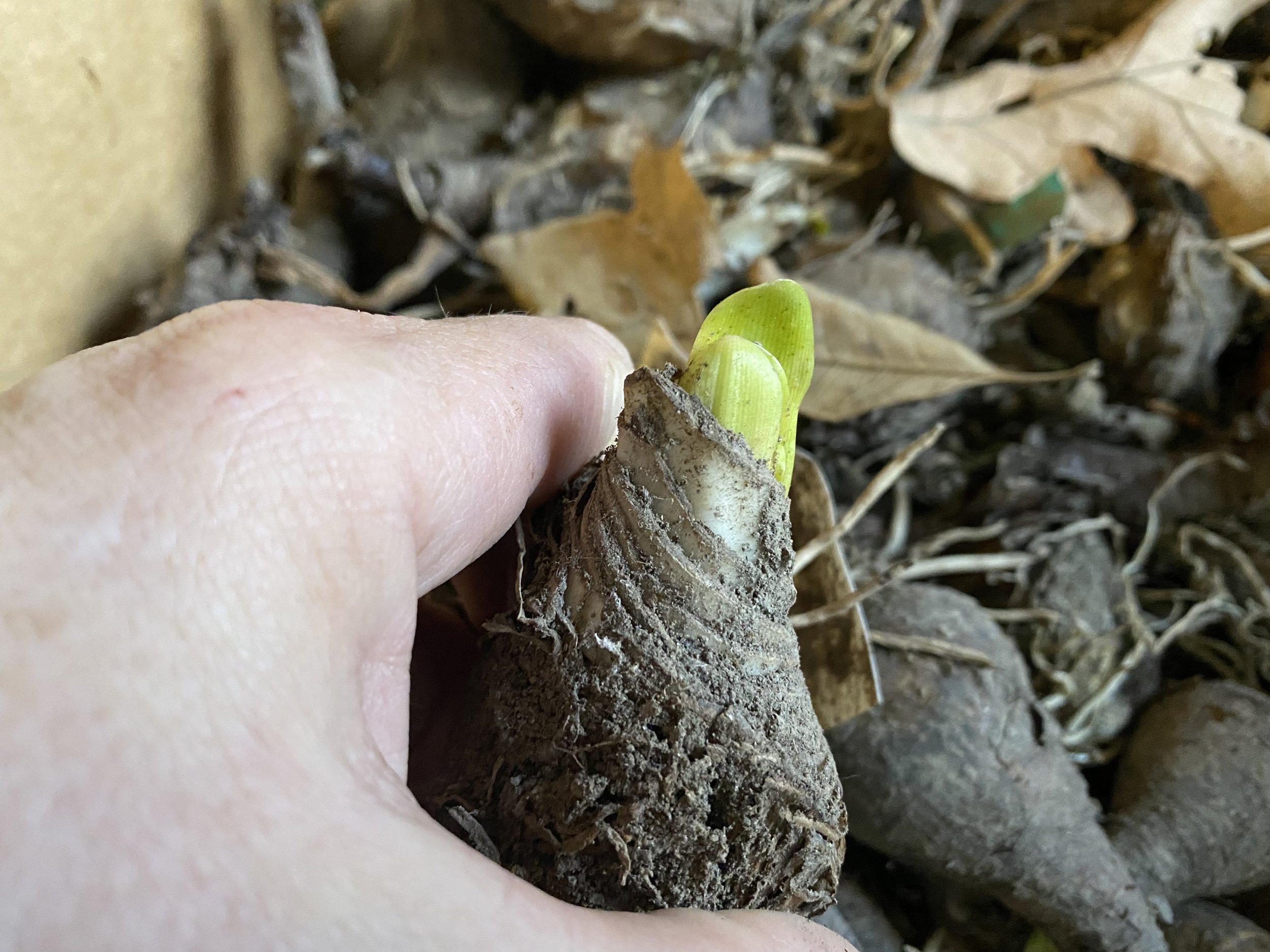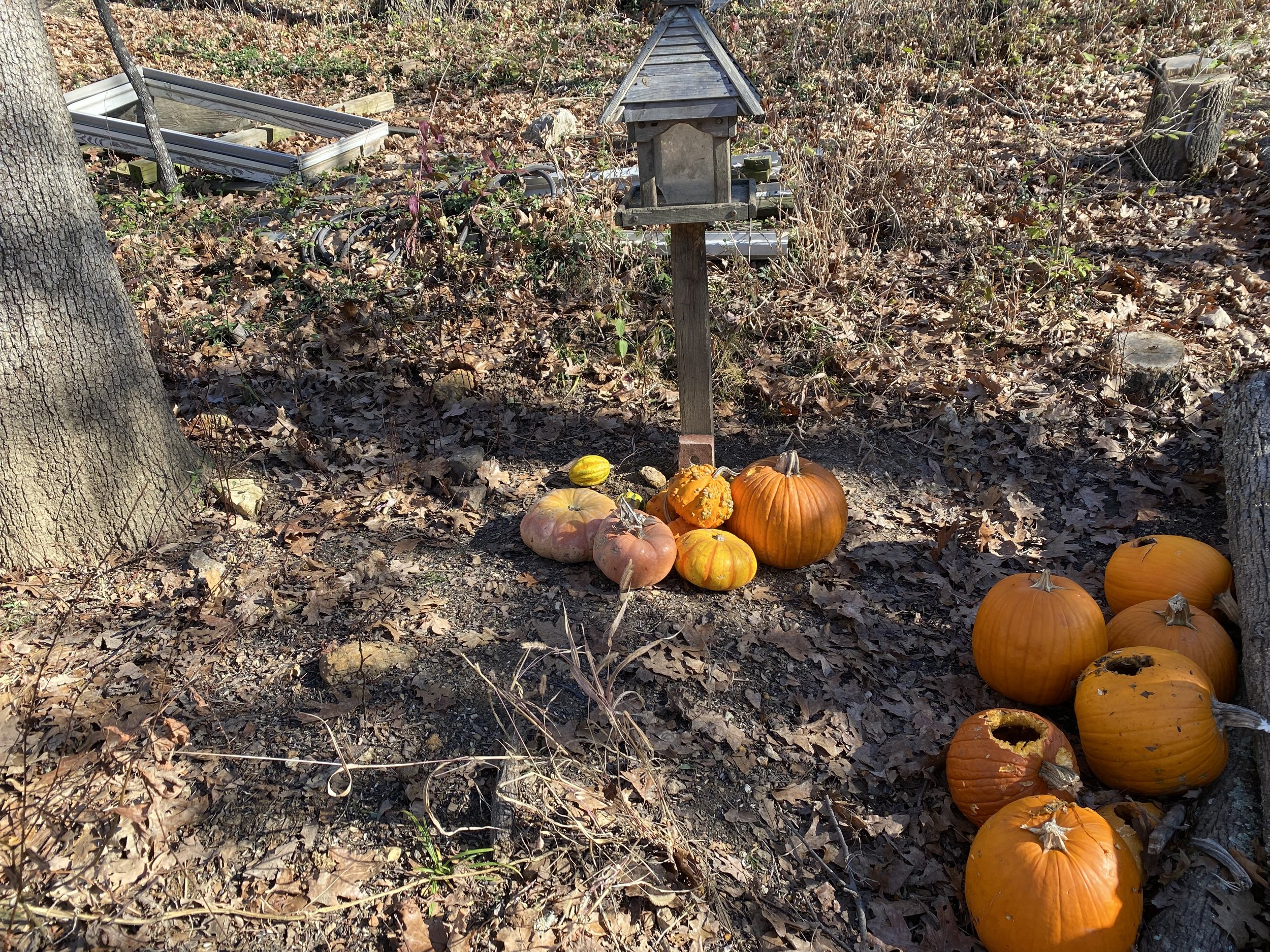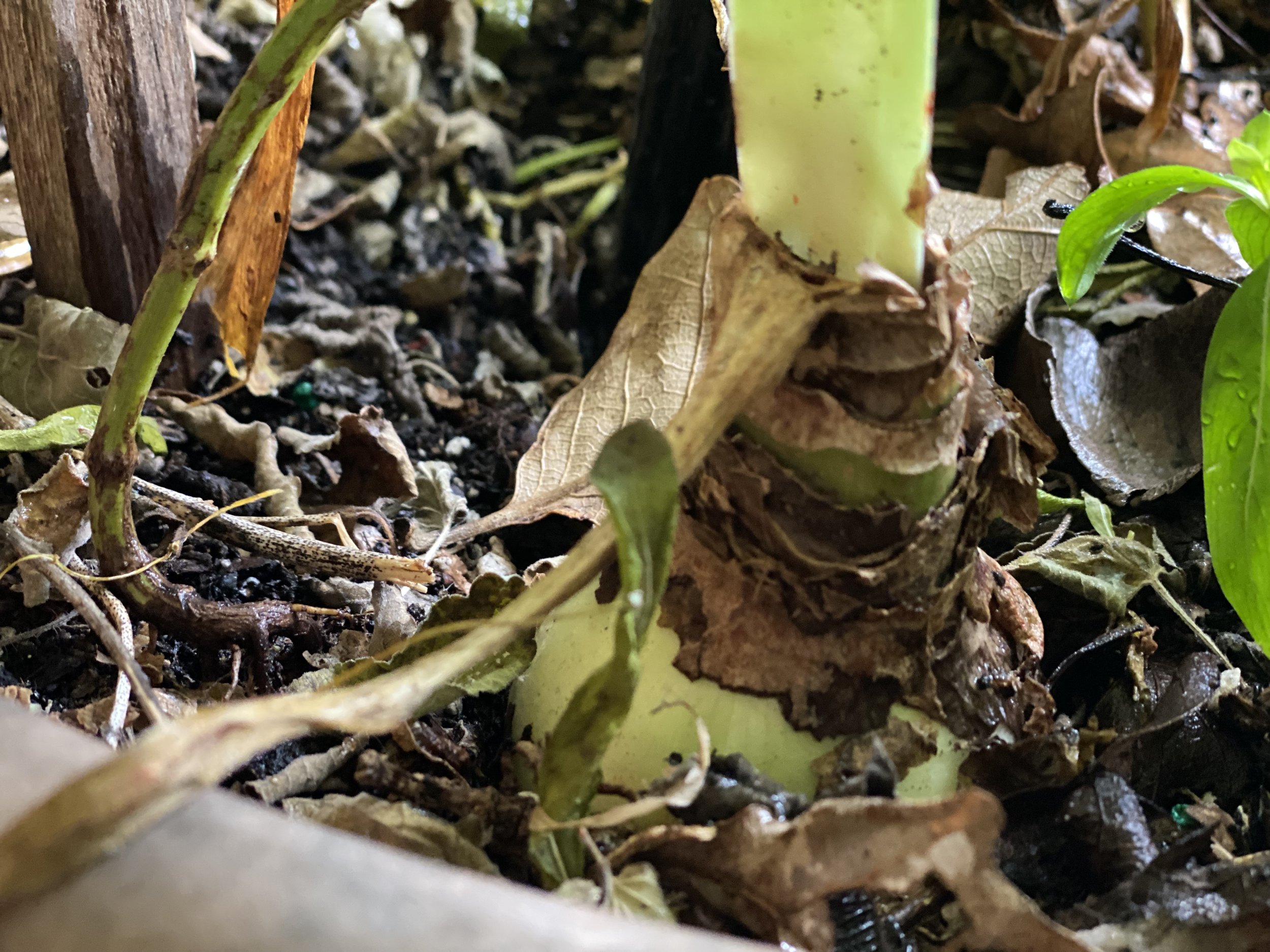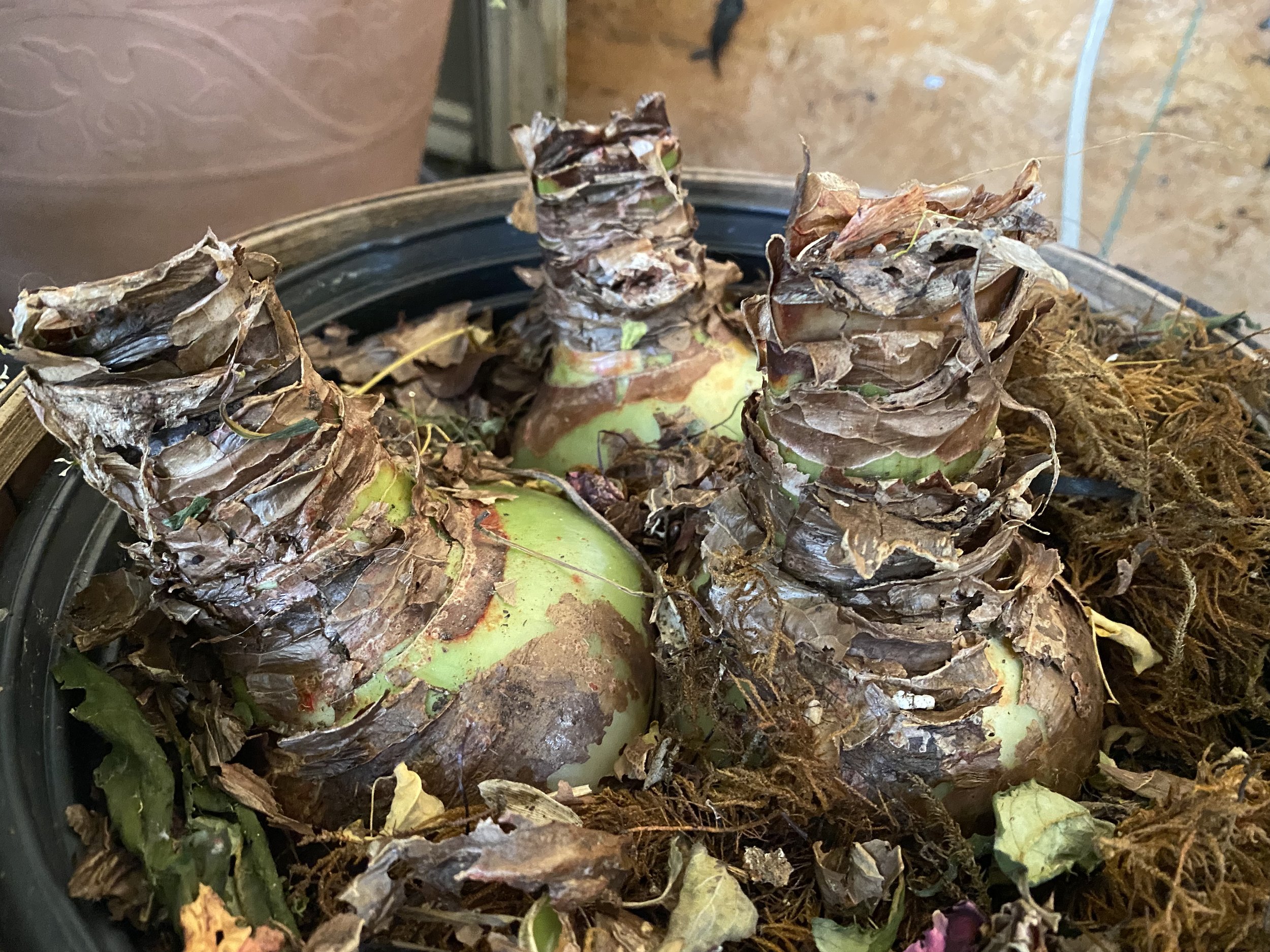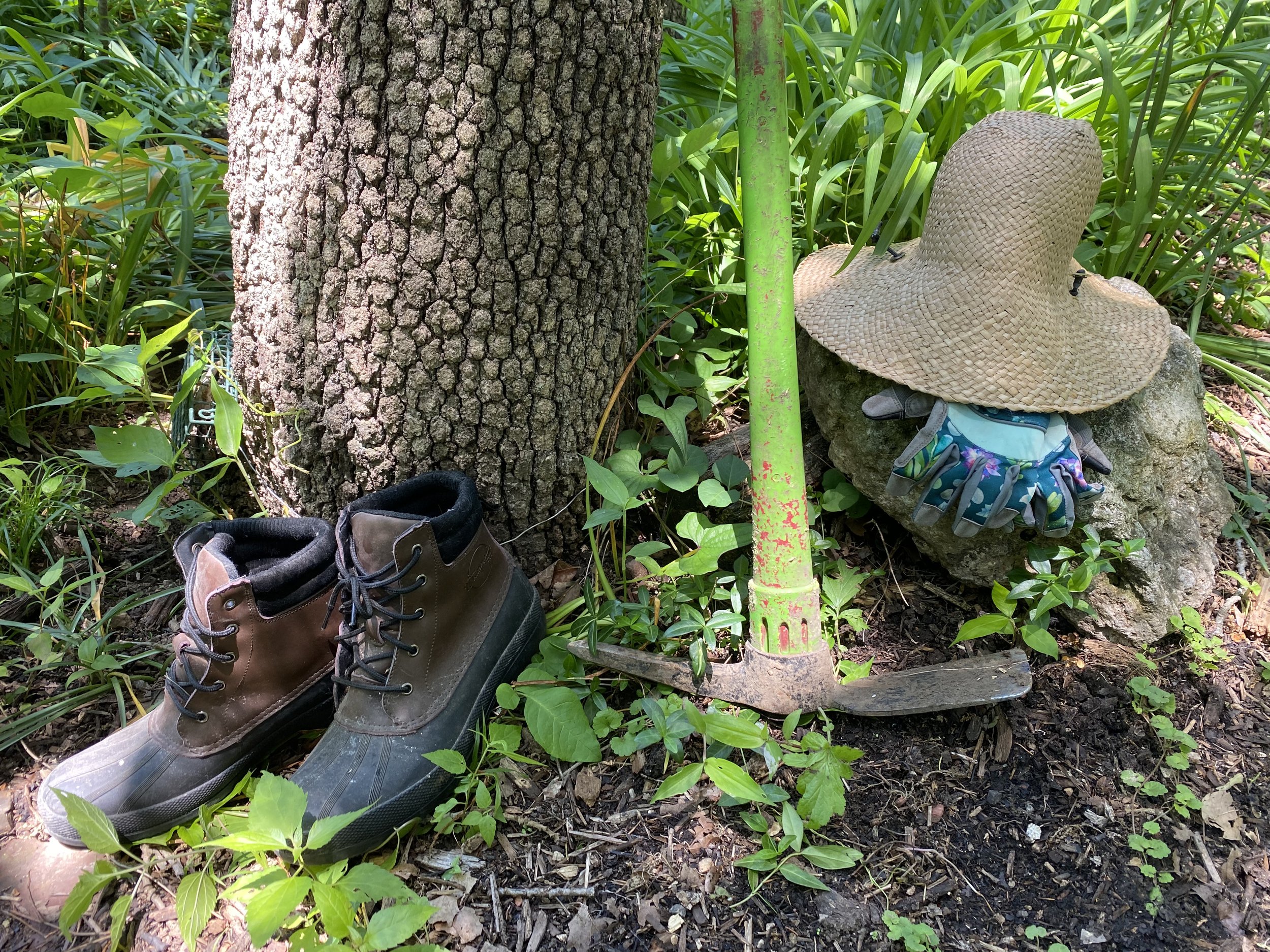How to Repair Birdhouses
/my last step in repairing birdhouses is adding a strong metal to securely hand them. (charlotte ekker wiggins photo)
“Charlotte I saw your post on using birds as natural garden pest control. I have several used birdhouses that need help. Where do I start?” — Peggy
How to Repair Birdhouses
Hi Peggy, I have a routine I follow when making repairs:
Collecting: I start by inspecting and collecting birdhouses that need work. I keep them in an old tote so I can easily find them.
Cleaning: Remove old nesting materials, debris, and any accumulated dirt or droppings. A clean birdhouse helps prevent disease spread.
Inspect for Damage: Check for any signs of damage, such as cracks, holes, or broken parts.
Reinforce Joints: Strengthen weak or loose joints by re-gluing or adding screws. This can take a couple of days to dry before you can move on to the next step.
Replace Perches: If the birdhouses have perches, check their condition. Replace any broken or damaged perches to provide a secure landing spot for birds.
Check Entry Holes: Ensure that the entry hole is the appropriate size for the bird species you want to attract. Repair any irregularities or damage around the entry hole.
Roof Repair: Inspect the roof for damage or leaks. Repair any holes or cracks to keep the interior of the birdhouse dry.
Apply a Fresh Coat of Paint: If the birdhouse is painted, consider giving it a fresh coat of non-toxic paint to improve its appearance and protect the wood from weathering.
Replace Hardware: Check hinges, latches, and any other hardware for rust or damage. Replace or lubricate as necessary.
Ventilation: Ensure proper ventilation by checking for blocked vents or adding ventilation holes. Good airflow helps regulate temperature and humidity inside the birdhouse.
Mounting/Positioning: Assess the birdhouse's mounting or hanging mechanism. Make sure it's secure and positioned at an appropriate height to discourage predators. Adjust or replace as needed.
Strong Hangar: Attach a strong hangar to birdhouses so it doesn’t fall when wind hits them.
When you get them all fixed up you will get quite a feeling of accomplishment. I know I do!
For more gardening, beekeeping, cooking and easy home decor tips, subscribe to Garden Notes.
Charlotte

